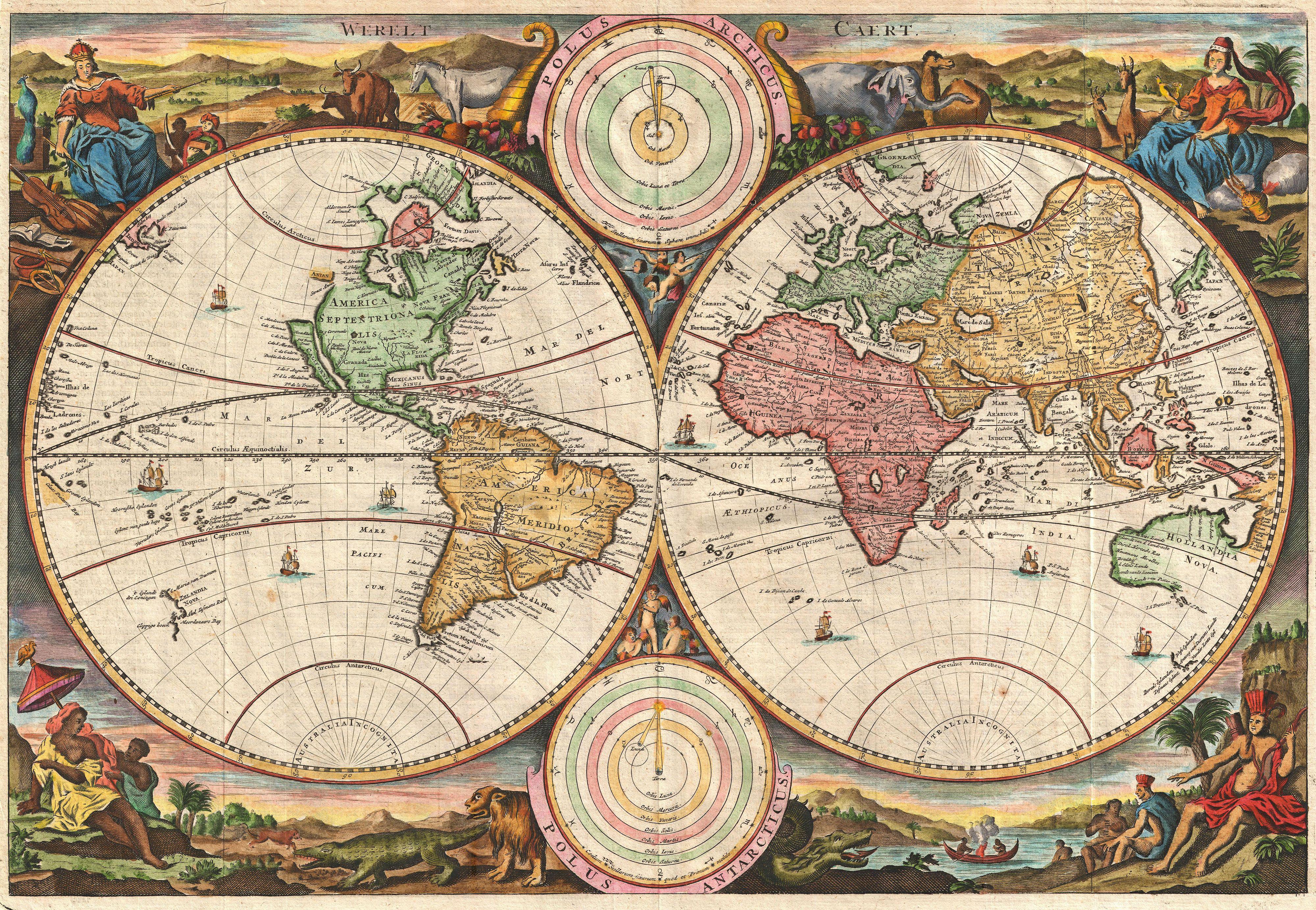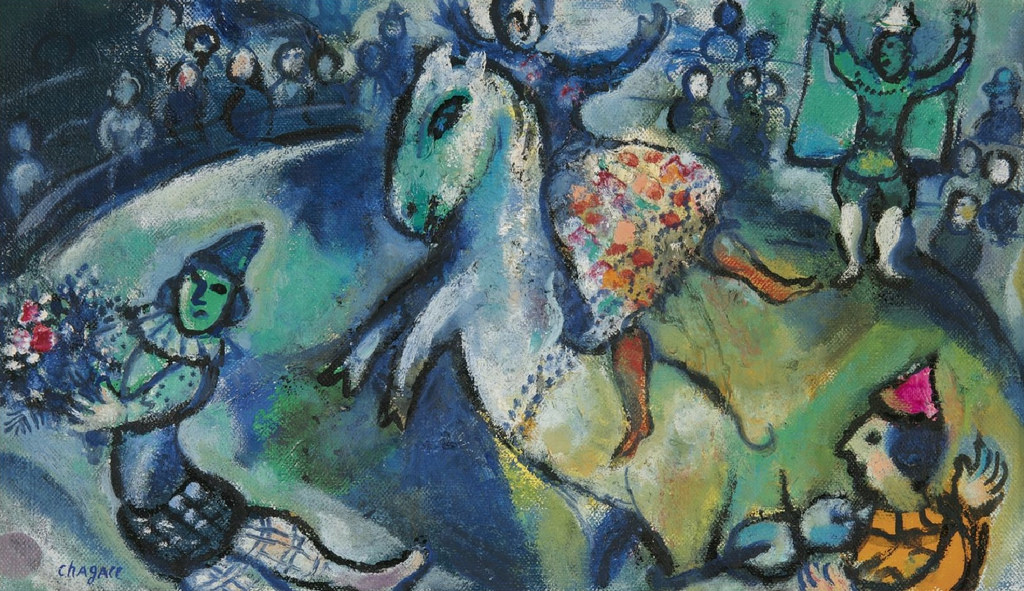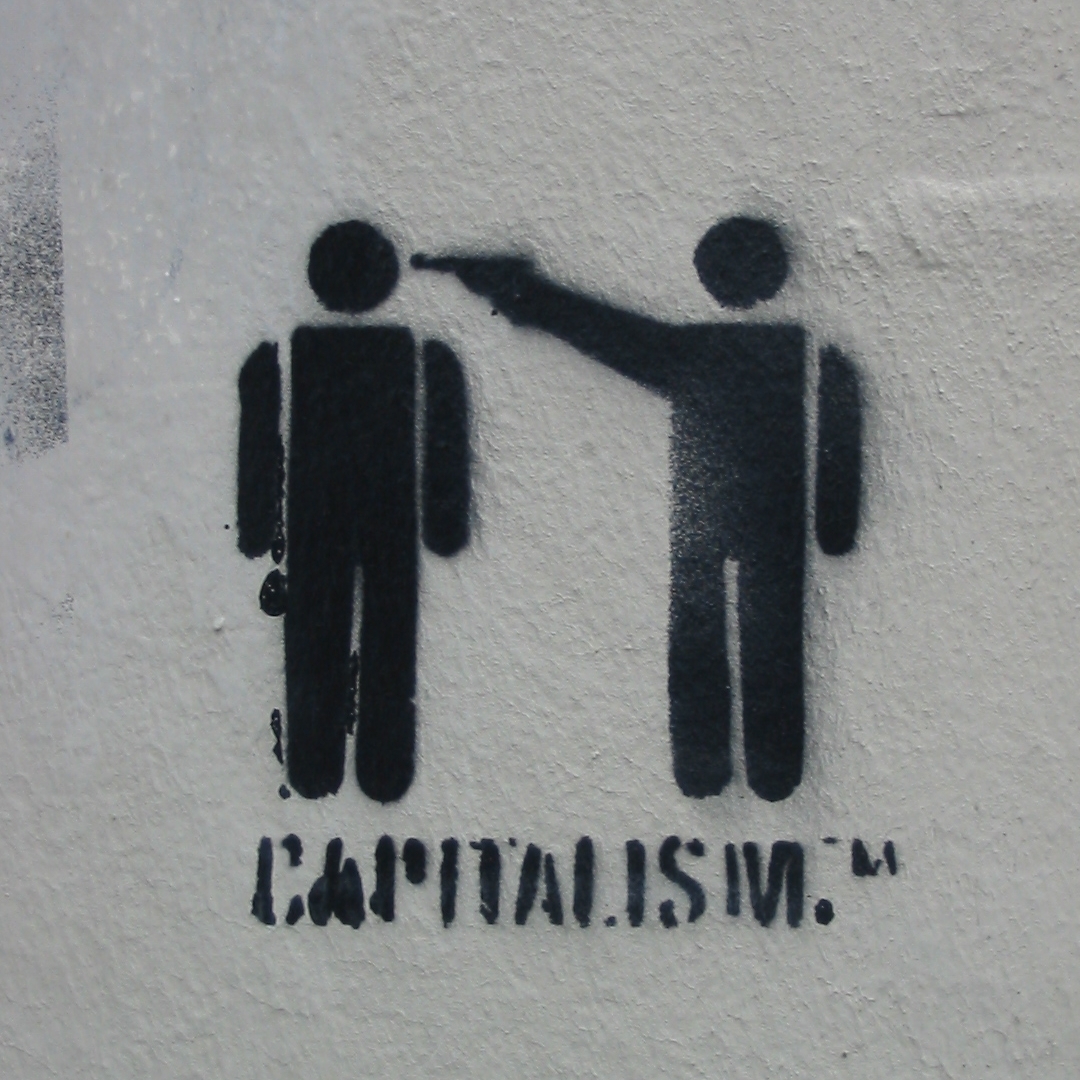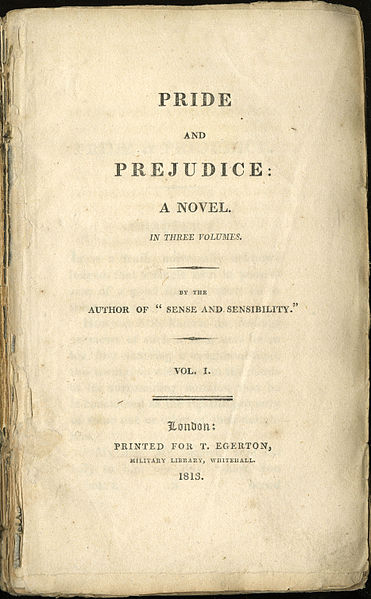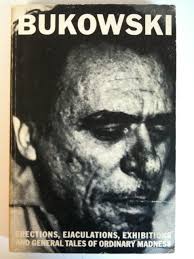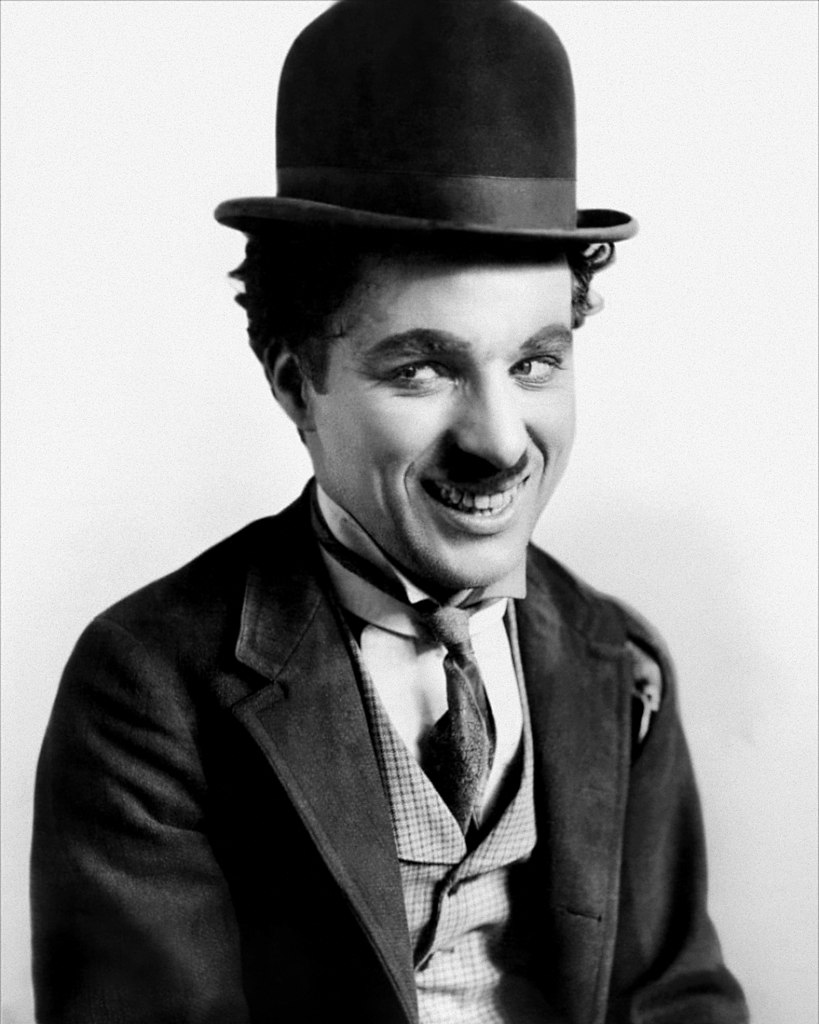
The Western comedy through centuries
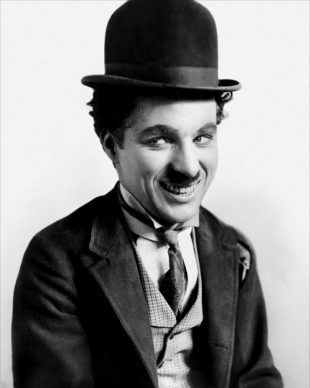 The word comedy refers to any discourse or work generally intended to be humorous or amusing by inducing laughter, especially in theater, television, film, stand-up comedy, or any other medium of entertainment. But when was comedy born?
The word comedy refers to any discourse or work generally intended to be humorous or amusing by inducing laughter, especially in theater, television, film, stand-up comedy, or any other medium of entertainment. But when was comedy born?
The origins of the term are found in Ancient Greece. In the Athenian democracy, the public opinion of voters was influenced by the political satire performed by the comic poets at the theaters.The theatrical genre of Greek comedy can be described as a dramatic performance which pits two groups or societies against each other in an amusing agon or conflict. Athenian comedy is conventionally divided into three periods: Old Comedy, Middle Comedy, and New Comedy.
The Old Comedy (about 510 B.C.E.) arose from the obscene jests of Dionysian revelers, composed of virulent abuse and personal vilification. At Athens, comedies became an official part of the festival celebration in 486 B.C.E., and prizes were offered for the best productions. As with the tragedians, few works still remain of the great comedic writers. Of the works of earlier writers, only some plays by Aristophanes exist. These plays represent an important advance in comic presentation. He poked fun at everyone and every institution. Aristophanes is the ancestor for much of later comic theater. Comedies were performed in Athens in formal competitions at two major festivals in honor of Dionysus, the god of wine and revelry, now associated with theater. Each festival seems to have featured five comic poets staging a single play apiece, although it is possible that programs were reduced to three poets for a period due to the financial pressures of the Peloponnesian War. Poets applied to the archon in charge of the relevant festival for the right to participate in it. If chosen, they were awarded a choregos, i.e. a wealthy man who funded the performance as a form of taxation. The most important dramatist of the Old Comedy was Aristophanes. His works define the legacy of Old Comedy, with their pungent political satire and abundance of sexual and scatological innuendo. Aristophanes lampooned the most important personalities and institutions of his day, as can be seen in his buffoonish portrayal of Socrates in The Clouds, in his anti-military farce Lysistrata, and in The Frogs.
The Middle Comedy freely parodied the grandest tragedies of Aeschylus and Sophocles, the noblest passages of Homer, and the most beautiful lyrics of Pindar and Simonides. Subjects taken directly from ancient mythology were treated in the same way. In dealing with society, classes rather than individuals were attacked, as courtesans, parasites, revelers, and especially the self-conceited cook, who, with his parade of culinary science, was always a favorite target for the shafts of middle comedy.
The New Comedy ended about 260 B.C.E. Very little of the text of the New Comedy has survived. For the first time, love became a principal element in the drama. The New Comedy relied on stock characters such as the senex iratus, or “angry old man,” the domineering parent who is all too often led into the vices and follies for which he has reproved his son, and the bragging soldier or mercenary soldier newly returned from war with a noisy tongue, a full purse and an empty head.
In adapting Greek plays to be performed for Roman audiences, the Roman comic dramatists made several changes to the structure of the productions. For instance, the action of all scenes typically took place in the streets outside the dwelling of the main characters, and plot complications were often a result of eavesdropping by a minor character. Notable Roman playwrights were Livius Andronicus, Plautus, Terence, Gaius Maecenas Melissus, Seneca, Ennius, Lucius Accius, and Pacuvius.
Later one, during the Middle Ages, a new genre was created: the Elegiac comedy. The comedies were typically lyric complaints only sometimes mixed with amorous content. The elegiac dramatists used their Latin skills in creating the lyrics. Parody was a typical element of elegiac humour. People of low rank are often placed in positions unsuited to them.
During the medieval and Renaissance eras, another character become important for the comedy: the jester, court jester, or fool, was historically an entertainer who was a member of the household of a nobleman or a monarch employed to entertain him and his guests. The jester was also an itinerant performer who entertained common folk at fairs and markets. Jesters in medieval times are often thought to have worn brightly coloured clothes and eccentric hats in a motley pattern and their modern counterparts usually mimic this costume. Jesters entertained with a wide variety of skills: principal among them were song, music, and storytelling, but many also employed acrobatics, juggling, telling jokes, and magic tricks. Much of the entertainment was performed in a comic style and many jesters made contemporary jokes in word or song about people or events well known to their audiences.
In the 14th-century, an important lyric was written. The Divine Comedy (La Divina Commedia) is a long narrative poem written in vernaculus circa 1308–21 by Dante Alighieri. It is considered one of the world’s great works of literature. Divided into three major sections—Inferno, Purgatorio, and Paradiso—the narrative traces the journey of Dante from darkness and error to the revelation of the divine light, culminating in the Beatific Vision of God. Dante is guided by the Roman poet Virgil, who represents the epitome of human knowledge, from the dark wood through the descending circles of the pit of Hell (Inferno). Passing Lucifer at the pit’s bottom, at the dead centre of the world, Dante and Virgil emerge on the beach of the island mountain of Purgatory. At the summit of Purgatory, where repentant sinners are purged of their sins, Virgil departs, having led Dante as far as human knowledge is able, to the threshold of Paradise. There Dante is met by Beatrice, embodying the knowledge of divine mysteries bestowed by Grace, who leads him through the successive ascending levels of heaven to the Empyrean, where he is allowed to glimpse, for a moment, the glory of God. The work was originally simply titled Comedia (so also in the first printed edition, published in 1472). The adjective Divina was later added by Giovanni Boccaccio, an Italian writer.
During the Elizabethan era (1558–1603), the concept of comedy changed. Shakespeare’s comedies had happy endings, usually involving marriages between the unmarried characters. Shakespearean comedies tend to also include a greater emphasis on situations rather than characters, a struggle of young lovers to overcome difficulty, separation and re-unification, and deception of characters (especially mistaken identity).
From the 16th through the 18th century, the Commedia dell’arte (comedy of the profession) was created in Italy. It was an early form of professional theater, famous in all Europe. The characters of the commedia usually represent fixed social types and stock characters, such as foolish old men, devious servants, or military officers full of false bravado. The commedia genesis may be related to carnival in Venice, where by 1570 the author/actor Andrea Calmo had created the character Il Magnifico, the precursor to the vecchio (old man) Pantalone. Concomitantly, a Neapolitan tradition emerged in the south and featured the prominent stage figure Pulcinella. Pulcinella has been long associated with Naples, and derived into various types elsewhere—the most famous as the puppet character Punch (of the eponymous Punch and Judy shows) in England.
We need to wait the end of the XIX century for the birth of Charlie Chaplin, by name of Sir Charles Spencer Chaplin, a British comedian, producer, writer, director, and composer who is widely regarded as the greatest comic artist of the screen and one of the most important figures in motion-picture history. For instance, The Great Dictator, was an American comedy film, released in 1940, that Charlie Chaplin both acted in and directed. It was Chaplin’s most successful film at the box office. The movie was a satirization of Adolf Hitler and the Nazism and condemning of the anti-Semitism. Chaplin portrayed a Jewish barber who is mistaken for a tyrannical dictator. He plays up the charade and ultimately gives a speech in which he calls for peace and compassion. Chaplin, in a dual role, also played the fascist dictator, modeled after Hitler. The Great Dictator was Chaplin’s first feature film with full sound. When the movie was released in 1940, the United States was still not officially at war with Nazi Germany. The names of the characters mock the fascist leaders of the day, including “Adenoid Hynkel,” standing in for Hitler, and ministers “Garbitsch” and “Herring,” who were modeled on Joseph Goebbels and Hermann Göring, respectively. “Benzino Napaloni,” dictator of the neighbouring country of “Bacteria,” was a satirical portrayal of Italy’s Benito Mussolini, leader of the Italian Fascism. One of the film’s most-celebrated scenes features Hynkel dancing with a balloon of the world to the music of Richard Wagner. Chaplin later said he would never have been able to make the film had the true extent of the Nazis’ crimes been widely known.
In 1990, Mr. Bean, a British sitcom created by Rowan Atkinson and Richard Curtis, became a popular example of modern comedy. Based on a character originally developed by Atkinson, while he was studying for his master’s degree at Oxford University, the series follows the exploits of Mr. Bean, described by Atkinson as “a child in a grown man’s body”, in solving various problems presented by everyday tasks and often causing disruption in the process. Bean rarely speaks, and the largely physical humor of the series is derived from his interactions with other people and his unusual solutions to situations. During its five-year run, Mr. Bean attracted large TV audiences. It was viewed by as many as 18.74 million for the 1992 episode “The Trouble with Mr. Bean”. Apart from Mr. Bean, the other iconic characters of the sitcom are Irma Gobb (Mr. Bean’s girlfriend), Teddy (Mr. Bean’s teddy bear and perhaps best friend), and Mr Bean’s car (a citron green Mini).




